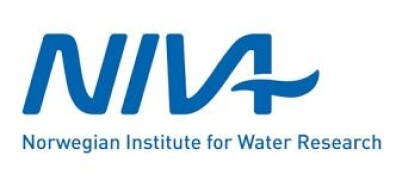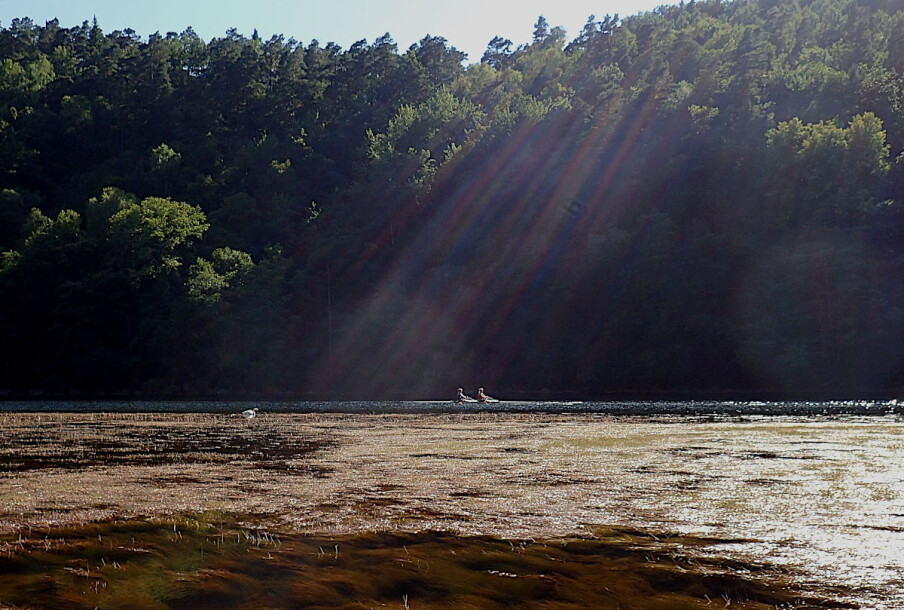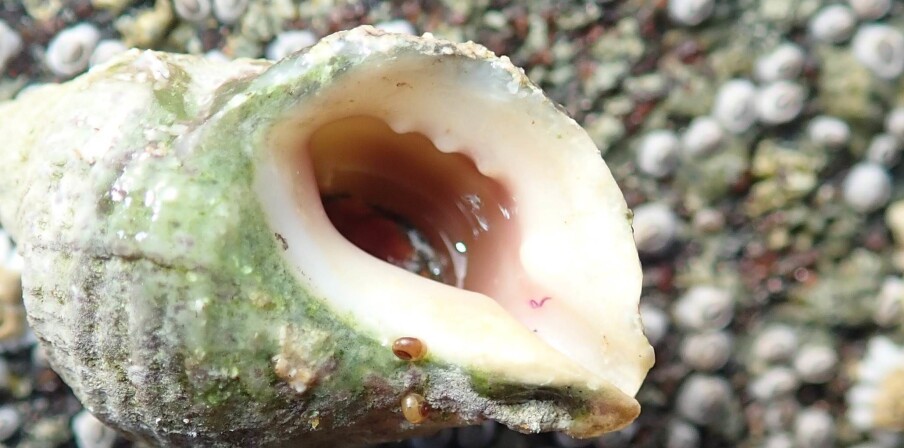This article is produced and financed by NIVA - Norwegian Institute for Water Research - read more

Researcher believes in kelp farming
By 2050, kelp farming along the Norwegian coast is estimated to cover an area corresponding to half the size of all farmed land in the country. The management agencies need to prepare.
"If you know the processes of the ecosystem and act in accordance with them, it is possible to grow huge amounts of kelp without harming the ecosystem. Kelp farming has the potential to be both economically profitable and environmentally sustainable," marine biologist Kasper Hancke says.
Hancke is a researcher at the Norwegian Institute of Water Research (NIVA) and project leader in a cooperation project for the municipal facilitation of kelp farming along the Norwegian coast.
70 percent of the world’s surface area is covered by ocean, and the global potential for seaweed farming is enormous.

Hancke believes that farmed seaweed and kelp will become a considerable food source in the future.
Kelp is a group of large brown seaweeds that naturally forms large underwater forests along the rocky coastlines in temperate regions worldwide and is the dominant group of seaweeds cultivated in Norway.
Huge potential in Norway
The Norwegian coast is long, with cold, nutritious water masses. In other words: The conditions are perfect for kelp farming. The industry is likely to grow big also in Norway.
"In 2017, the production of farmed kelp in Norway was 145 tons. In this size order, kelp farming is not considered to have significant effects on the coastal environments. However, by 2050 the production is projected to reach 20 million tons! To provide managers and industry with knowledge-based guidelines for kelp cultivation, we need to find out how farmed kelp impacts the coastal environment. Moreover, we need to establish threshold values for the point of cultivation when kelp farming has negative impacts on the environment," Hancke explains.
Herøy municipality was the initiator of a project, called KOM TIL TARE, which is a collaboration between Herøy municipality, NIVA, Runde Environmental Center, and the industry actors Tango Seaweed and Arctic Seaweed.
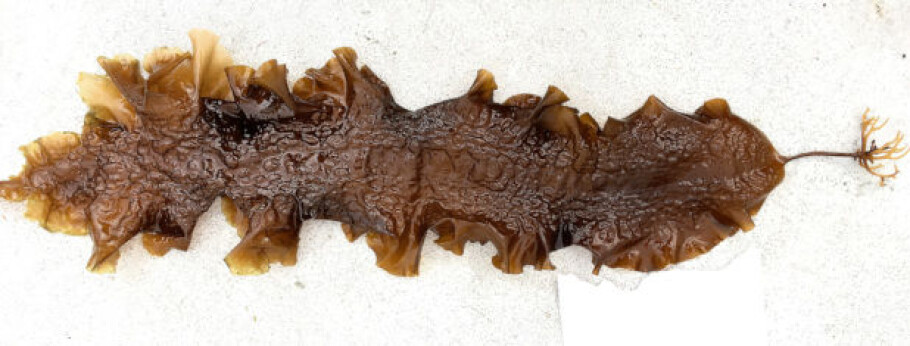
The aim of the project is to help actors getting started with kelp farming, at the same time as contributing with knowledge about potential positive and negative ecosystem effects. NIVA is responsible for providing this knowledge and has recently published a report on the knowledge status.
The list of identified positive environmental effects of kelp farming is long: By assimilating CO2, kelp has mitigating effects both on climate change and ocean acidification. Kelp is also taking up nutrients and thereby preventing coastal eutrophication caused by nutrient releases from agriculture, industry or fish farming.
In addition, farmed kelp might possibly function as an artificial habitat for fish and other key organisms along the coast where the natural kelp forests have disappeared, thus stimulating to increased biodiversity.
Having this in mind; are there really any negative effects of large-scale kelp farming?
Kelp farming might also cast shadows
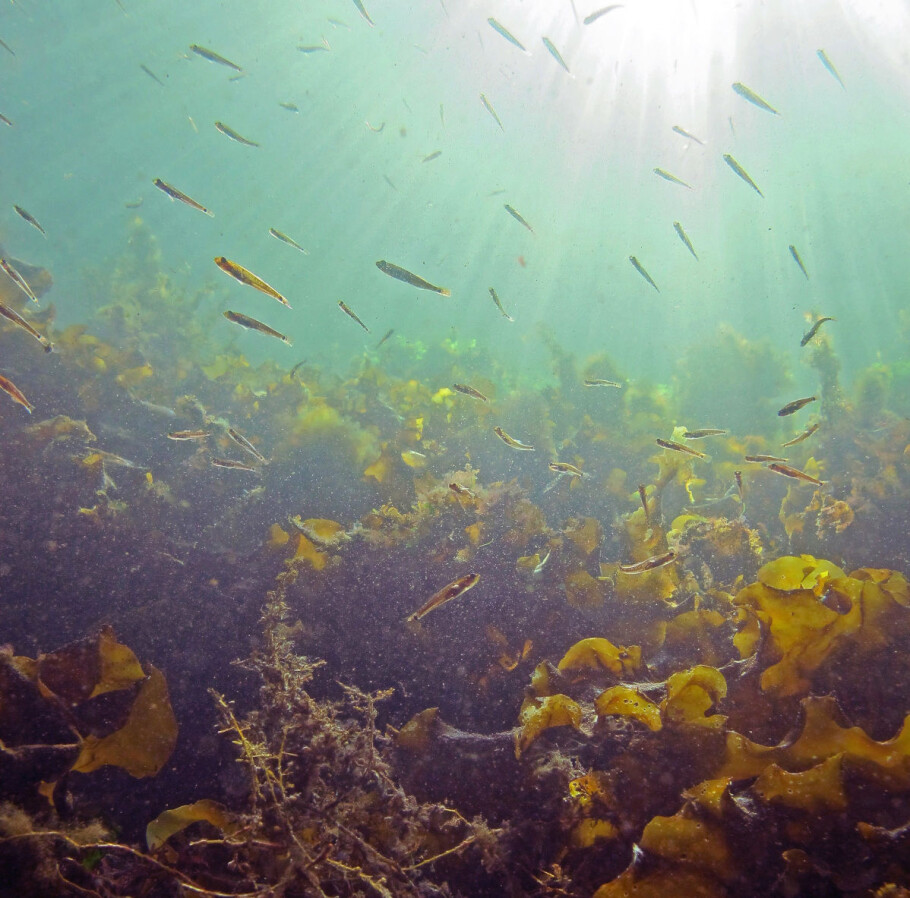
The main challenge is that researchers still have limited knowledge about the specific impacts and consequences of extensive kelp farming. For now, only general knowledge about kelp and natural coastal kelp forests is used to assess potential ecosystem implications and environmental challenges.
Several factors can make kelp cultivation a potential risk for marine ecosystems, Hancke says.
"The availability of light and nutrients is one important factor. Kelp is not the only marine organism that depends on light and nutrients for growth; this goes for all other single celled and multicellular algae, and most primary producers in the ocean. The primary producers collectively account for the food basis for the entire marine ecosystem. If kelp farming becomes too intensive, the competition for light and nutrients might be too tough, affecting natural primary production and all biological life in a whole area," the NIVA researcher explains.
Naturally occurring kelp and other seaweeds grow on rocky surfaces in shallow areas, to water depths where the sun light can reach them (~5 to 30 m in Norway).
Therefore, the effect on natural ecosystems will probably be more severe if kelp farming is established above shallow grounds where they shade the bottom.
A shelter for welcome and unwelcome guests
Myriads of algae, fish and other organisms find their shelter and living ground in natural kelp forest.
If it turns out that this is the case for artificial kelp fields too, kelp farming would be a positive contribution along the coast in Norway where natural kelp forests have disappeared.
The challenge, however, is that it is not necessarily only wanted species that finds their way to artificial kelp fields.
"Artificial kelp fields could function as stepping stones for the dispersal of unwanted species too," Hancke says.
"Epiphyte fouling on kelp might spread to nearby areas through dispersal of spores or larvae. In a worst-case scenario, this could contribute to an establishment of unwanted species, displacing the natural species and reducing access to harvestable resources. But we still know too little about this."
Both good and bad for life at the sea floor
At the seafloor, the bottom-dwelling animals live in the darkness. They decompose and recycle nutrients from dead material falling from the water column, like kelp fragments that have been tore off from kelp forests during storms and strong waves.
"Kelp farming might lead to a higher transportation of detached kelp fragments to the sea floor, and this can be both for good and bad for the life at the bottom. On one hand, kelp fragments are food for the bottom-dwelling animals, and an increased kelp supply could increase the biological diversity and have a positive effect on nutrient supply in the entire ecosystem. However, too much kelp transported to the sea floor can result in oxygen deficiencies and toxic decomposition," Hancke explains.
Still, no one knows exactly where the limit between positive and negative effects goes.
However, Hancke and his colleagues are also working in another project, called KELPPRO, aiming to establish such threshold values.
In the project, which runs from 2017 to 2020, researchers and industry are collaborating closely to learn more about potential positive and negative effects of kelp farming.
Area access is crucial
As kelps are dependent on sunlight to grow, kelp farming demands large areas. Even though the Norwegian coast is long, space is limited and needs to be shared with other interests like fishing, trawling, conservation, boat traffic, recreational activity, and tourism.
"If available areas are set aside for future kelp farming, these areas can support both a new industry and a better coastal environment if they are managed in a sustainable manner," Hancke says.
Research for tomorrow
Both the kelp farmers and Hancke believe in the kelp industry, which also has the potential to remove some of the pressure from the overloaded agriculture. By being ahead of the industry, Hancke believes that the kelp farming can be developed in a sustainable way.
"Several ongoing research projects are trying to find answers to the questions we asked in the report. When we know more about the interplay between kelp and the coastal ecosystem, the kelp industry can be adjusted to the varying environmental conditions and interests along the coast," Hancke concludes.
The NIVA report «Taredyrking – mulige miljøeffekter, synergier og konflikter med andre interesser i kystsonen» was published in 2018 and is part of the project KOM TIL TARE, a cooperation between NIVA, Runde Environmental Centre, Herøy municipality, Tango Seaweed AS and Arctic Seaweed AS. The KOM TIL TARE project is funded by Herøy municipality and Regionale Forskningsfond in Norway.
—————
Read the Norwegian version of this article at forskning.no







